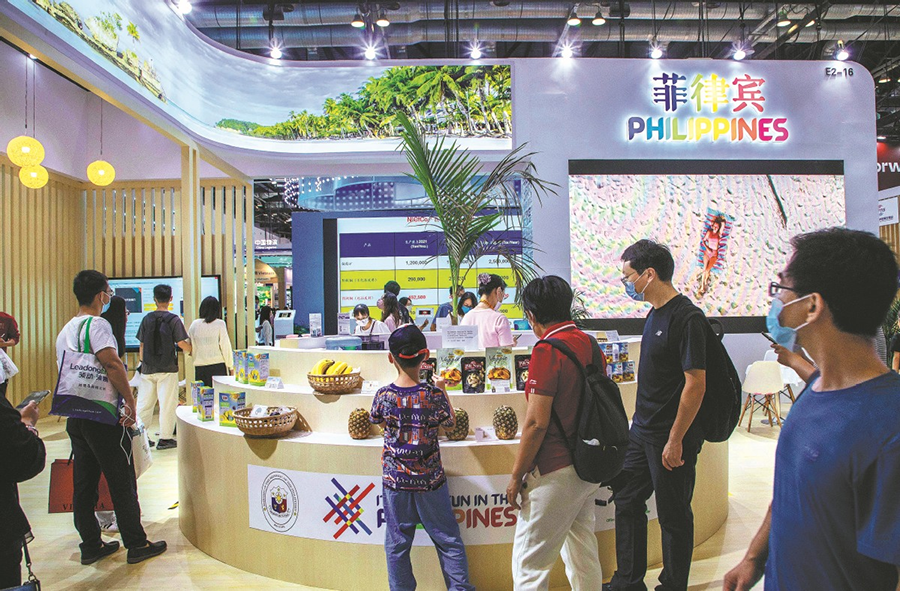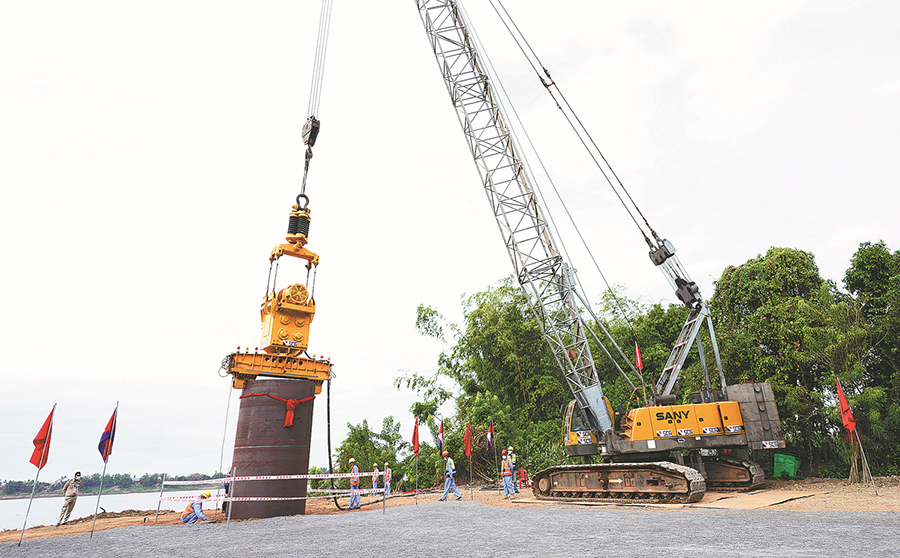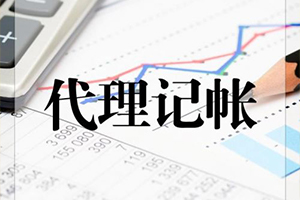 Visitors gather at the Philippines booth during the 2022 China International Fair for Trade in Services in Beijing in September. [HU XUEBAI/FOR CHINA DAILY]
Visitors gather at the Philippines booth during the 2022 China International Fair for Trade in Services in Beijing in September. [HU XUEBAI/FOR CHINA DAILY] Employees from a Chinese State-owned company work at a bridge construction site in Kratie, Cambodia, in January.[Photo/Xinhua]
Employees from a Chinese State-owned company work at a bridge construction site in Kratie, Cambodia, in January.[Photo/Xinhua]







